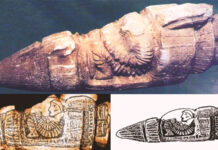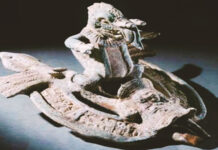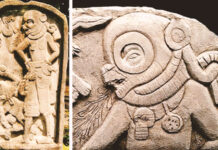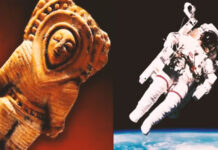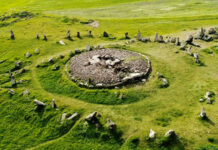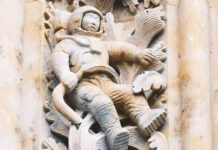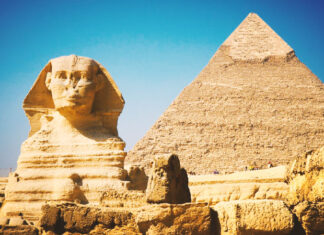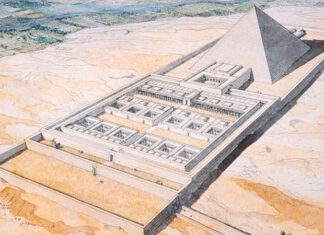The small island located 3,700 km off the west coast of Chile in South America is world famous for its hundreds of gigantic statues called Moai, but this is not the only mystery of Easter Island.
The Rongorongo script was first discovered by Eugène Eyraud, a Roman Catholic friar, who went to Easter Island as a missionary in 1864.
“In each hut there are wooden boards or sticks covered with various types of hieroglyphic characters. They are representations of animals unknown on the island, which the natives draw with sharp stones. Each figure has its own name, but the little attention they pay to these tablets lead me to think that these characters, remnants of some primitive writing, are now for them a habitual practice that they maintain without understanding their real meaning”, wrote Eyraud about his discovery of twenty-six pieces of wood containing the strange inscriptions.
The intricate designs appear to be glyphs or a form of writing, but their meaning has never been deciphered and remains a mystery.
Some believe decoding the writing could offer answers about what caused the collapse of Easter Island’s ancient civilization.
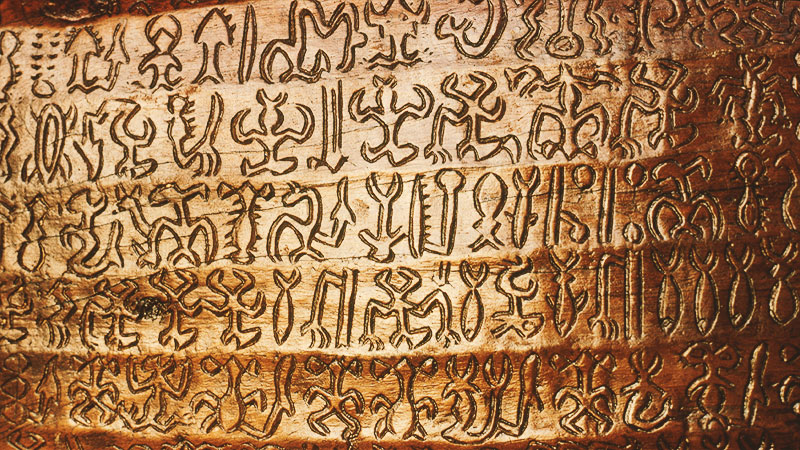
Rongorongo glyphs are shaped like humans, animals, plants and geometric shapes and according to oral tradition, the tools used to make the symbols were pieces of obsidian or small shark teeth.
The age of the tablets is unknown, as very little direct dating has been done, but they are believed to have appeared around the 13th century, around the same time as the clearing of the forest.
However, this is purely speculative, as the inhabitants of Easter Island may have cut down a small number of trees for the specific purpose of creating the wooden planks.
One glyph appears to resemble a palm tree and is believed to be the Easter Island palm, which disappeared from the island’s pollen record (Palynology) in 1650, suggesting that the writing must be at least very old.
Translating the glyphs proved to be a very difficult task, as there are three barriers that make their decipherment difficult: the limited number of texts, the lack of illustrations and other contexts to understand them, and the poor understanding of the ancient Rapanui language.
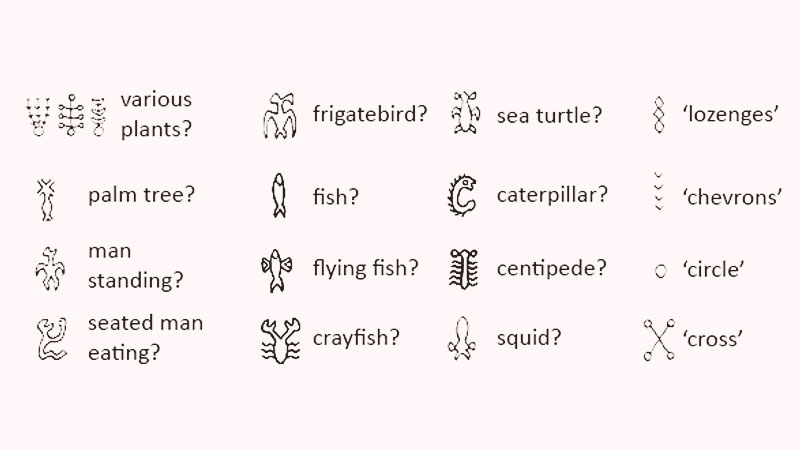
Some believe that Rongorongo is not a true script, but rather a protoscript, which is a set of symbols that convey information without containing any truly linguistic content.
According to the Language Atlas, Rongorongo “was probably used as a memory aid or for decorative purposes, not to record the Rapanui language of the islanders.”
Although it is still unclear exactly what Rongorongo is intended to convey, the discovery of the tablets remains an important key to understanding Easter Island’s past civilizations.
The inscribed, neatly aligned images indicate that the island’s ancient civilization had a message to convey, whether it was a casual display for decorative purposes or stories passed down from generation to generation.
For now, the tablets remain yet another indecipherable mystery from humanity’s past.


